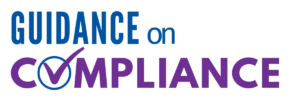Compliance Risks: Not Conducting Exclusion Checks Can Be Costly
In 1977, physicians and other practitioners were mandated to be excluded from participation in Medicare and Medicaid by the Medicare-Medicaid Anti-Fraud and Abuse Amendments, Public Law 95-142 if convicted of program-related crimes. In 1981, the Civil Monetary Penalties Law (CMPL), Public 97-35, authorized the Office of Inspector General (OIG) to impose Civil Monetary Penalties (CMPs) and exclusions against persons having submitted false of fraudulent claims to Medicare and Medicaid. In 1996-1997 the OIG’s authority also…




